
Ceija Stojka (1933–2013) in her flat in Vienna, Austria, 1999.

View of Belgrade, Yugoslavia, during a bombing raid by the German Luftwaffe, April 1941.

Hinrich Lohse (1896–1964), third from the right, at the railway station in Riga, German-occupied Latvia.
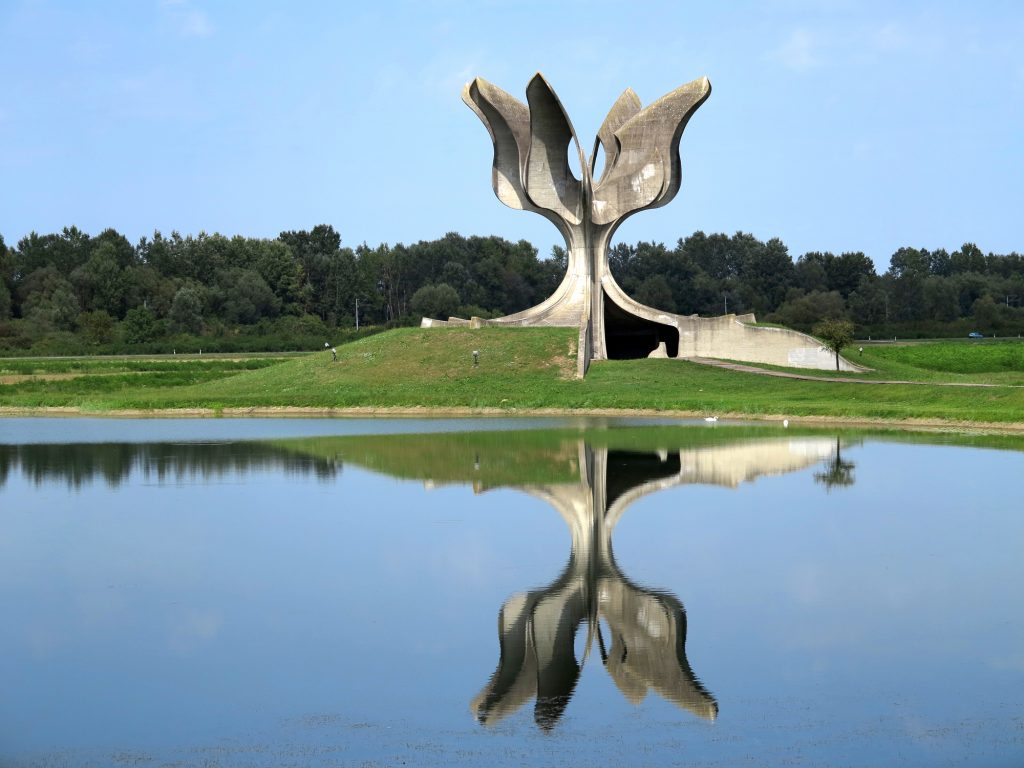
Jasenovac memorial site, Croatia, September 2015.

Roma from Burgenland in Dachau concentration camp, Germany, July 1938.

PAUL WERNER (1900–1970), photographed after 1945.
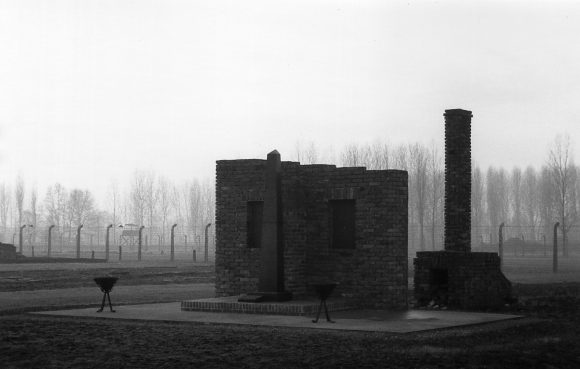
Memorial in the former concentration and extermination camp Auschwitz-Birkenau, Camp Section BIIe.

Hunger strike by survivors on the grounds of the Dachau concentration camp memorial site, Germany, April 1980.
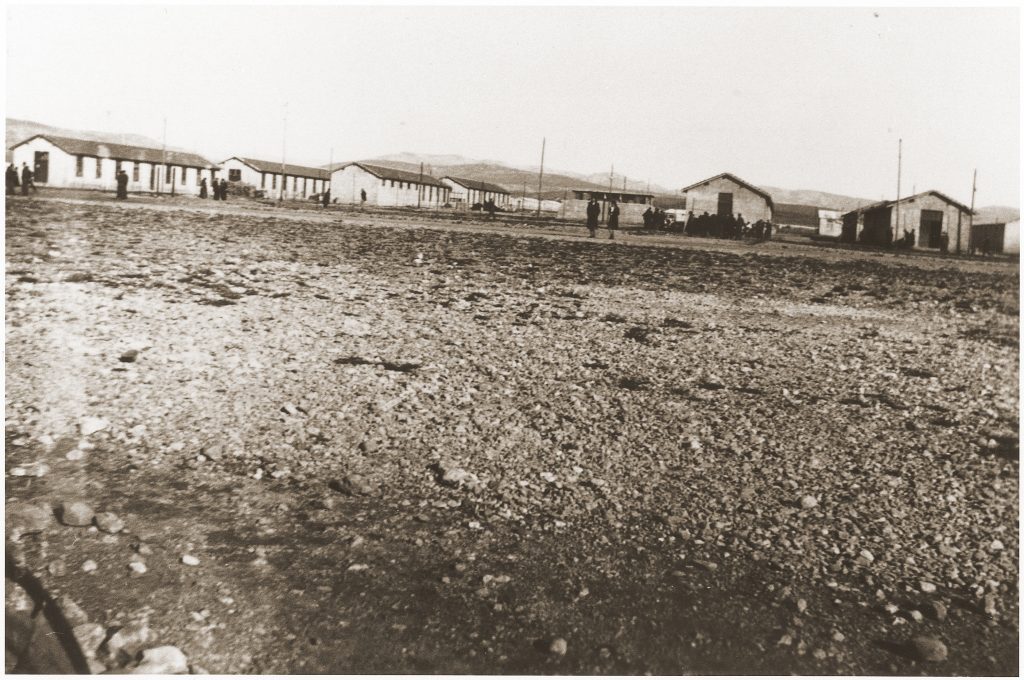
View of the Rivesaltes camp, France, 1941/42.
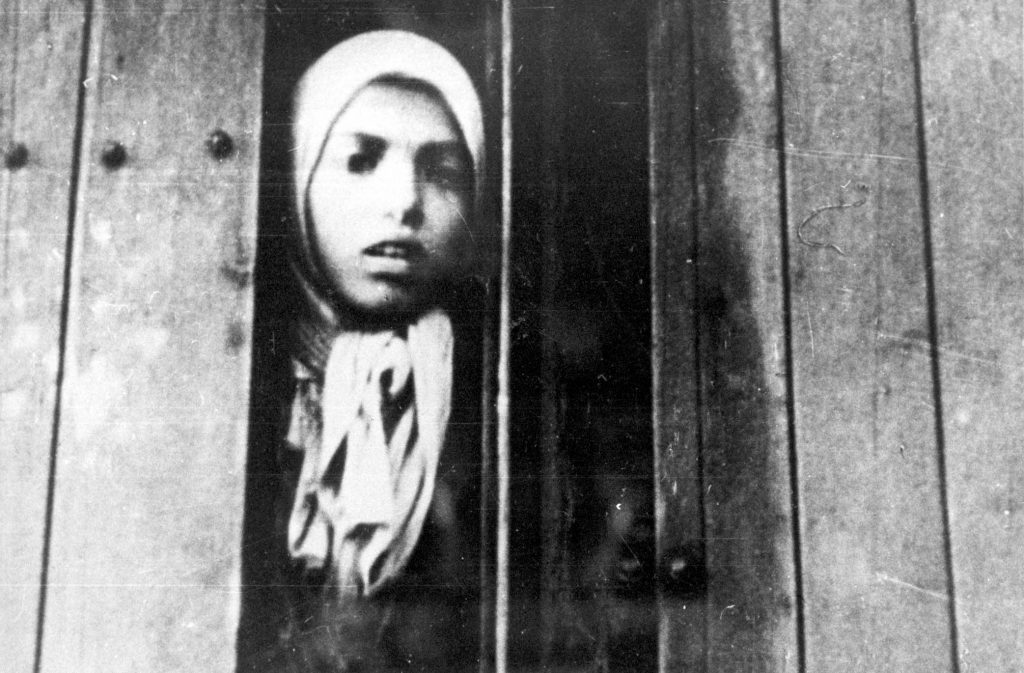
Anna Maria Steinbach (1934–1944).

Entrance gate to the former camp area of the Dachau concentration camp, November 2010.

Vinzenz Rose (1908–1996), survivor of the Auschwitz-Birkenau concentration and extermination camp and of medical crimes in the Natzweiler concentration camp.

Roma from a resistance group in Ostrov (Pskov oblast), German-occupied Soviet Union.

Hohenasperg near Stuttgart, Germany, May 1940.

Alman Rose (1922–1942), murdered in the Niederhagen/Wewelsburg concentration camp.

Participants in a deportation: policemen, soldiers and nurses at the fair in Cologne-Deutz, May 1940.

Ivan Bilaščenko (1926–2023) at the Auschwitz-Birkenau Memorial, 2019.

Makeshift bridge in Simferopol after its capture by German troops, 1941.
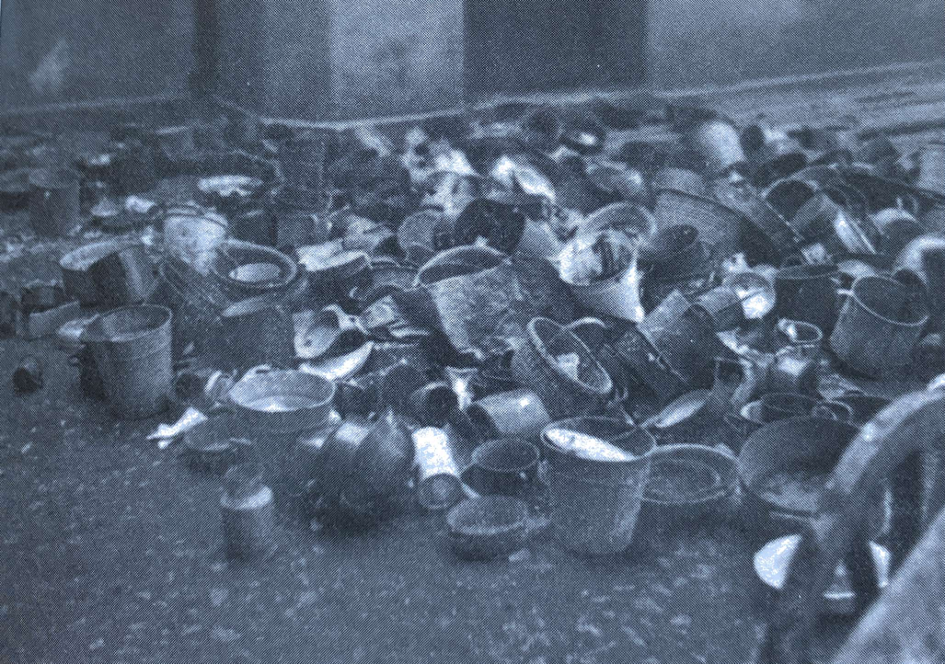
In the Litzmannstadt ghetto, around January/February 1942.

Christine Lehmann with her children Egon Karl (left) and Robert Georg, 1942.

Exhibit at the Sachsenhausen Memorial: Head sculpture, created around 1938 to 1941.

Gravestone on the grounds of the Bergen-Belsen Memorial, photo taken circa 1997.

Anton Reinhardt (1927–1945) after his escape to Switzerland in 1944.

Standing roll call of Roma from Burgenland in the Buchenwald concentration camp, autumn 1939.

Königsberg, German Reich, 1939.

Members of the German Sinti family Bamberger in the 1930s.

Shooting of Roma in the General Government, most likely by members of the Schutzstaffel (SS) and the Ordnungspolizei, around 1942/43.

The German Sinto Ernst Mettbach (1920–1972) as a witness at the Nuremberg doctor’s trial.

Robert Ritter (1901–1951), right, during registration work, around 1940, Germany.

Ernst-August König (1911–1991), left, with his lawyers Georg Bürger (1926–unknown) and Fritz Steinacker (1921–2016), right, in front of the Siegen Regional Court, Germany, 1987.

Container of the poison gas Zyklon B in the exhibition of the State Museum Auschwitz-Birkenau, Poland, 2001.

Professor Ctibor Nečas (1933–2017) and Dr Jana Horváthová (born 1967) at Masaryk University in Brno, Czech Republic, 1994.

Documents of the Racial Hygiene Research Unit (RHF) in the Federal Archives in Koblenz, Germany, September 1981.

In the Cologne-Deutz transit camp, German Reich, May 1940.

German soldiers in front of the Eiffel Tower in Paris, France, after May 1940.




